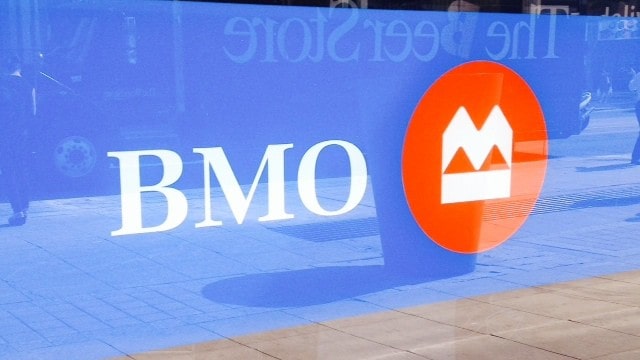A review of the Canadian banks after the 2008 crisis would not be complete without the final Canadian bank that I will discuss here. So, let’s take a look at Bank of Montreal (TSX:BMO)(NYSE:BMO) and how it withstood the crisis and evolved since then.
With total assets of $709 billion, BMO is the fourth-largest Canadian bank.
Back in 2008, BMO was heavily involved in securitized products and suffered accordingly, with only CIBC suffering greater writedowns and losses during that time. BMO recorded a $1.33 billion provision for credit losses, second only to CIBC.
BMO’s stock price fared quite well despite this. In fact, it is the best performer of the large Canadian banks, with a 10-year return of 340%.
Consistent with the theme of Canadian banks being pillars of strength and examples to the world, BMO has come through the crisis pretty nicely.
How has the bank evolved since the crisis?
Traditionally regarded as more of a commercial bank than its peers, BMO has spent the last few years building its retail lending platform and wealth management operations. As well, the bank is focused on increasing its international presence and has made acquisitions in the United States.
The 2011 acquisition of Wisconsin-based lender Marshall & Ilsley resulted in a doubling of deposits and branches in the U.S. The acquisition was BMO’s largest in its 195-year history and doubled the size of its Harris Bank unit.
As a result of this acquisition, BMO has almost as large a position in the U.S. as in Canada. It doubled BMO’s wealthy U.S. clients to approximately 240,000, bringing further scale to its operations in this area.
As an illustration of the changes that have been made at the bank, I would point to the bank’s segmented earnings.
In 2017, BMO’s U.S. personal and commercial banking segment represented 20% of total net income compared to 10% in 2008. Year to date, the U.S. represents 28% of total net income — a sign of the times and a reality that we have seen shifting over the years. Going forward, we can expect this trend to continue, as the U.S. offers higher growth rates than Canada.
BMO will continue to focus on efficiency, as it has in the past, and this is what will enable it to continue to close the valuation gap between BMO stock and the other Canadian banks.
In the last two years, the bank has achieved operating leverage of 2%, and management expects this to continue in the years ahead.
The current dividend yield is 3.5%.

 Don't let our Poutine Day offer get cold: 65% off Stock Advisor ends at midnight!
Don't let our Poutine Day offer get cold: 65% off Stock Advisor ends at midnight!








